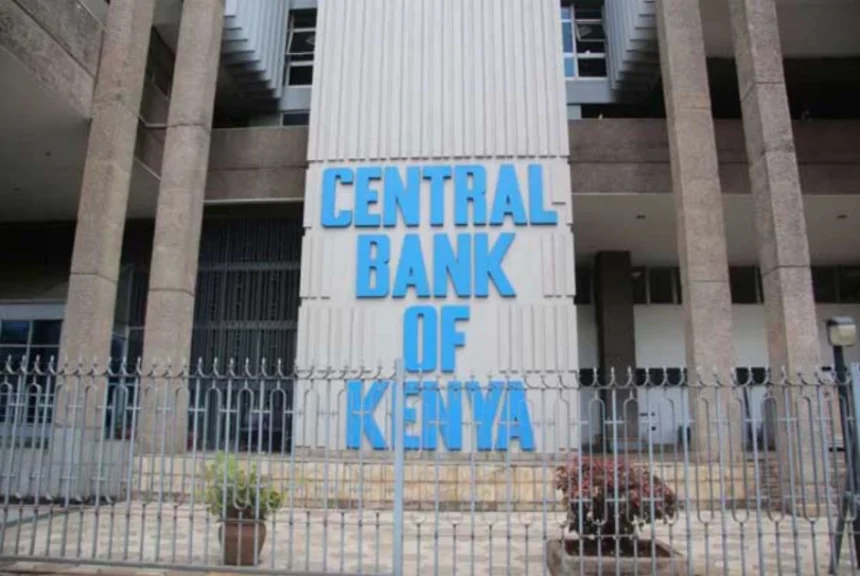Commercial banks will have until May 2, 2025 to submit their feedback on the Central Bank of Kenya’s consultative paper on the review of the risk-based credit pricing model.
According to the Central Bank of Kenya (CBK) Governor Kamau Thugge, the aim of the initiative is to reform the risk-based pricing model to address persistent challenges in the credit market, including high lending rates and opaque pricing mechanisms, by creating a market‐driven framework for pricing credit risk.
The ongoing review of risk-based pricing model for commercial bank loans continues to attract numerous suggestions, with commercial banks and their regulator seemingly pulling in different directions.
According to the CBK, opaqueness in the pricing mechanisms of risk-based pricing has led to a high cost of credit and lower credit to the private sector, an issue that the CBK has since tried to address by lowering the base lending rate.
But according to the Kenya Bankers Association (KBA), the decision whether to increase or decrease the CBR rate can only be felt if it is implemented through monetary injections as well as withdrawals by CBK, noting that it is the implementation that triggers the transmission of policy decision through the interbank market for liquidity to the lending rates.
According to KBA CEO Raimond Molenje, there is one big danger with the current model: “That CBK will only set the CBR and wait for transmission without necessarily doing implementation to affect market liquidity,” further noting that banking sector focus interbank rate is “to obligate CBK to undertake policy implementation to trigger the transmission; so as to align policy action to market conditions.”
CBK Governor Dr Kamau Thugge said: “The reason I think that CBR being the base is the right way is because it’s also forward looking, the proposal by the banks is to average the last two months of the interbank rate but as I have just told you the interbank rate has been tracking very closely the Central Bank Rate.”
The CBK further argues that in its proposals, banks would raise their rates immediately as opposed to relying on the average of the previous two months, where the monetary conditions were different, insisting that the CBR should be the base plus the K, which is based on the borrower’s credit risk.
But according to the bankers, this unilateral drive by CBK to CBR and controlled margin “K” smells like indirect interest rate capping.
“We also want that K to be also transparent, we want it broken down to the cost of operations in terms of lending, how much does it cost, what is the shareholder return and finally the risk of the person—you know if you don’t pay your loans you know you be charged a higher rate,” stated Dr. Thugge.
Churchill Ogutu, Economist, IC Group said: “This base lending rate does not just apply to commercial banks, there are also those other financial institutions that in a way will also be netted into this whole regime so you’ll find that there will be spoilt for choice where there is banks pretty much offering the same base rate but also these other alternative financial institutions so there could also be opportunity for growth.”
And as the debate rages on, experts believe retaining the CBR rate as the base lending rate will be the most productive solution.



